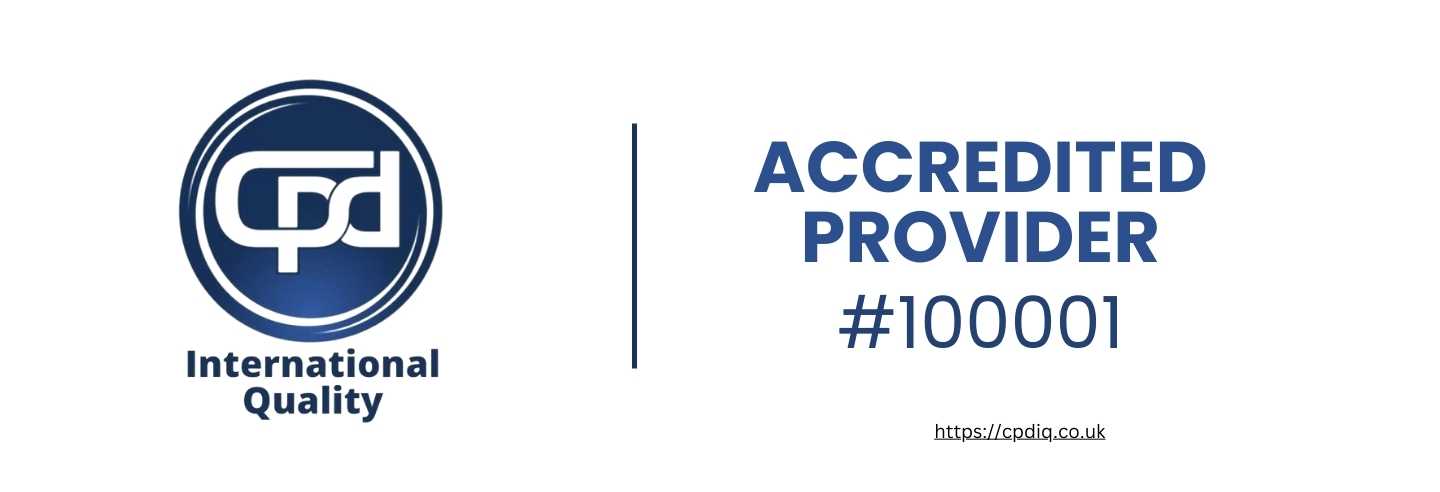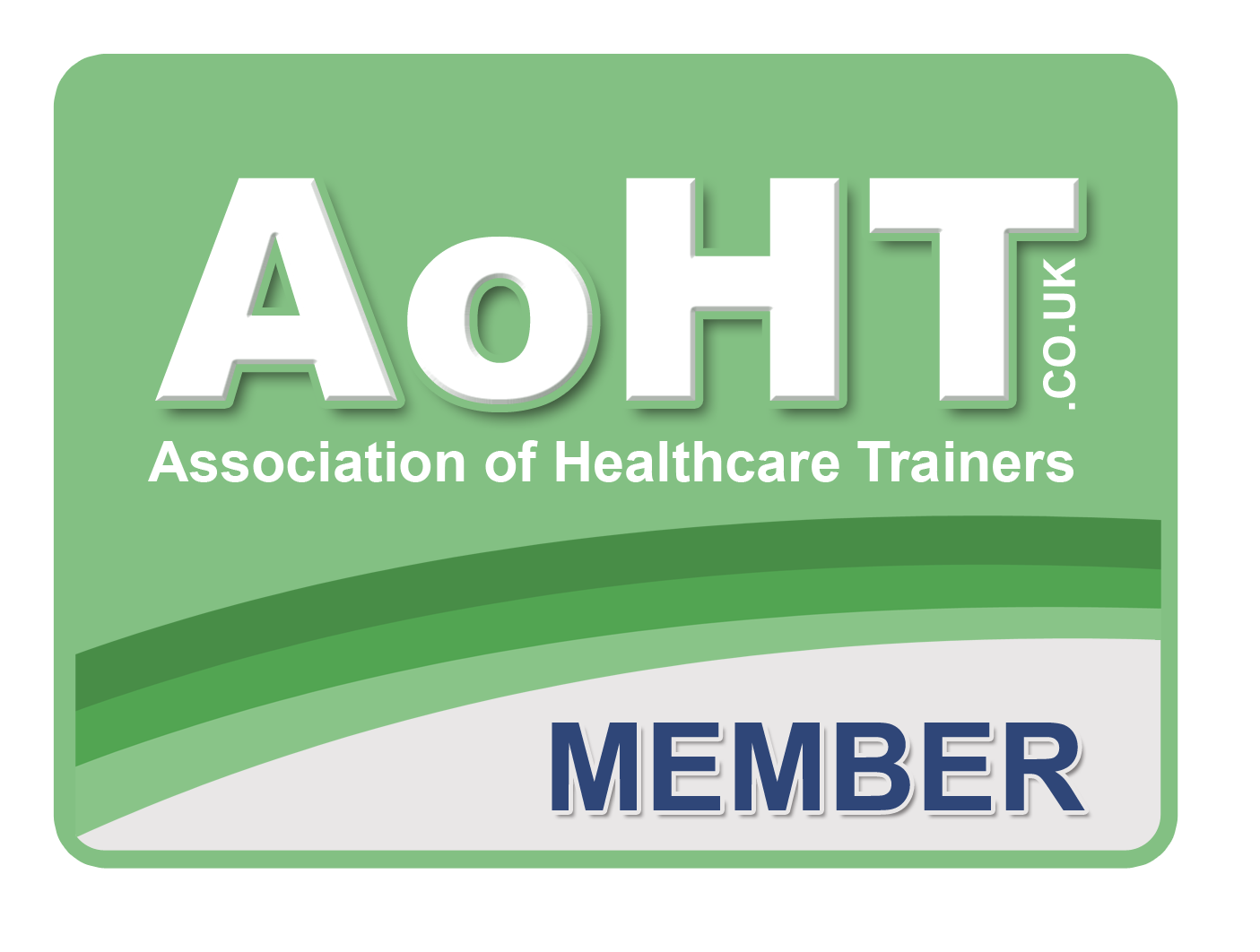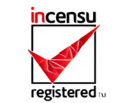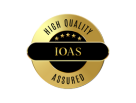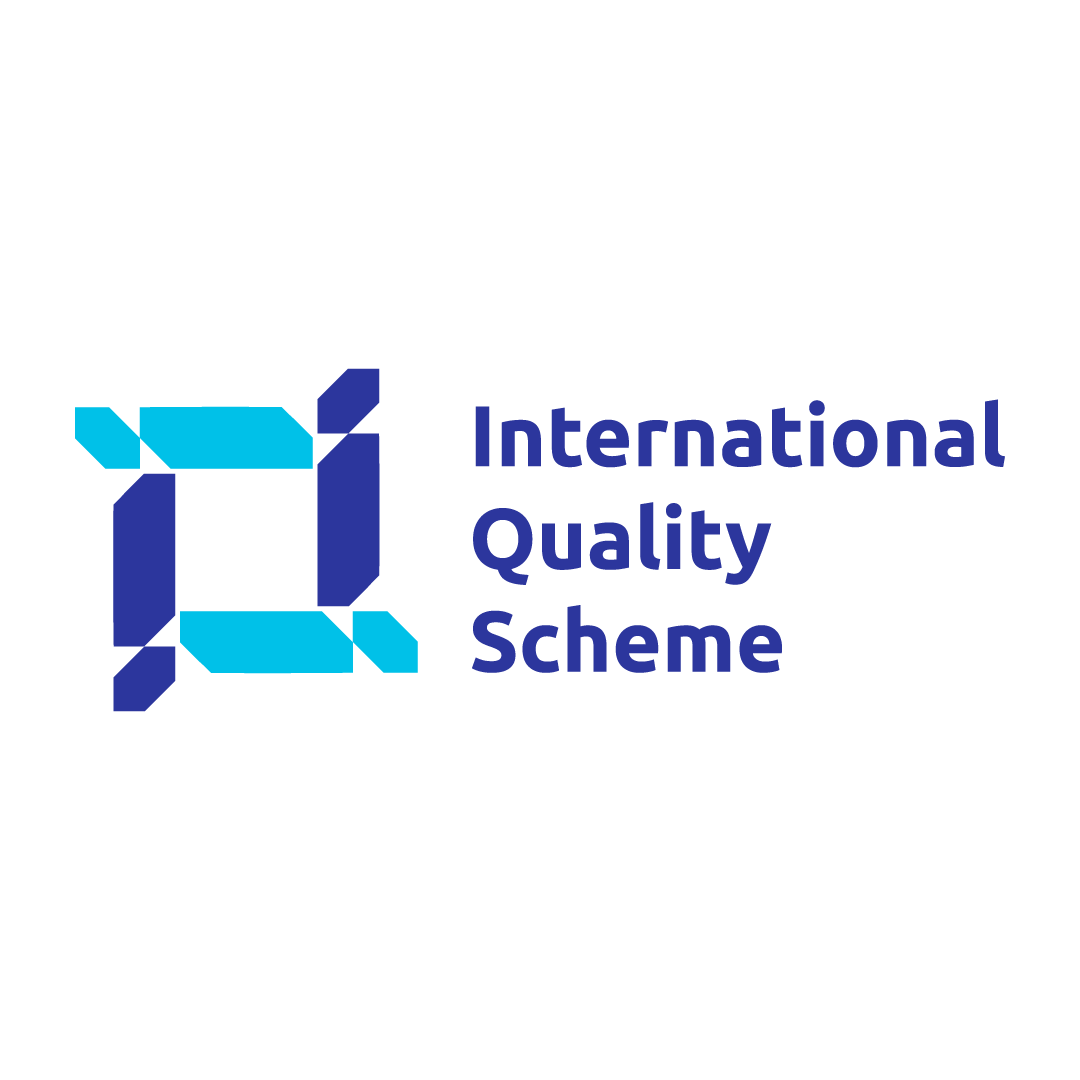
HR activities are being transformed by technology, especially in increasingly digital industries, which is having a significant impact of technology on HR practices. New technologies are giving HR teams innovative ways to recruit, track performance, and engage employees. Whether it’s AI or automation, smart technologies are developing at an exponential rate, and modern businesses need to keep pace.
In 2024, the most forward-thinking enterprises will be those that can adapt to emerging technologies and implement suggestions to improve HR practices, going further to properly enhance efficiency, elevate the employee experience, and ultimately drive success.
Quick Overview
Technology is reshaping HR practices across industries. From recruitment and remote work to performance management and DEI, this guide explains how AI, automation, and data analytics are streamlining operations, improving decision-making, and enhancing the employee experience.
Whether you’re leading a small HR team or scaling a large workforce, this guide walks you through:
✅ Automating recruitment and onboarding with AI.
✅ Using predictive analytics for smarter workforce planning.
✅ Managing remote teams with performance-tracking tools.
✅ Improving employee engagement with feedback and wellness platforms.
✅ Ensuring data security and regulatory compliance.
Impact of Technology on HR Practices: AI and Automation in Recruitment
AI is revolutionising recruitment by automating resume screening, interview scheduling, and predictive analytics, leading to faster, more efficient hiring processes.
Streamlining the Recruitment Process
Artificial intelligence (AI) is transforming recruitment by automating the screening of candidates, sorting of resumes, and scheduling of interviews. Traditionally, human resources (HR) teams had to read through hundreds of resumes and screen them manually, often spending hours analysing and filtering applicants for suitability. With the advent of artificial intelligence in HR, new tools can read and sort resumes and job applications within seconds, flagging key skills, qualifications, and experience in a matter of minutes. This automation not only helps to quickly filter the best candidates but also speeds up the recruitment process.
AI is also used to automate parts of the interview process, such as scheduling. For instance, AI in the form of chatbots and scheduling software can converse with candidates, offering them available times for interviews and helping to coordinate dates without any manual intervention from the HR side. This saves time for the candidate while providing an improved experience through near-instant responses and shorter wait times.
Improving Efficiency and Finding the Right Talent Faster
Alongside automating the hiring process, AI-based capabilities are increasingly being used by HR to supercharge recruitment, drastically reducing the time taken to find suitable candidates. By learning from the data of previous hires, AI drives matching decisions to positive outcomes. Algorithms learn from historical data and match candidates to jobs more effectively by recognising patterns of candidates who have been previously matched successfully.
Furthermore, AI in talent acquisition helps the HR team analyse future hiring needs. Predictive analytics can forecast which roles may need to be filled in the future due to growth, attrition, or market forces. This technological advancement not only illustrates the impact of technology on HR practices but also offers suggestions to improve HR practices by helping businesses stay ahead of the game, make recruitment decisions faster and more precisely, and optimise their hiring strategies. Companies that leverage AI-powered tools for recruitment can reduce time-to-hire and lower recruitment costs while also creating stronger and more effective teams.
Data-Driven Decision Making
By 2024, data-driven decision-making in HR will enhance employee retention, performance, and talent development through metrics and predictive analytics, enabling strategic workforce planning.
Central Role of Data Analytics in HR
By the year 2024, data-driven decision-making will be a key feature of everyday HR operations: data can be found and used wherever it exists, giving line managers the information they need to make effective decisions about employee retention, performance, and talent development. The impact of technology on HR practices is profound, as data-driven HR teams can use data analytics tools to track employee behaviour. For instance, metrics such as absenteeism, employee turnover, and performance trends help determine the factors that drive productivity, satisfaction, and engagement.
The role of data analytics in HR includes using performance data to identify employees who are ready for promotion or additional responsibilities, as well as those who might benefit from more training or support. Talent development programmes can be structured accordingly. This helps teams to ‘get the right people on the bus’ (as Jim Collins put it) and ensures that training and other resources are focused on people with the right skills and capabilities. Data-based approaches also improve workforce management more broadly, allowing HR teams to tie employees’ performance and potential to organisational goals.
Importance of HR Metrics and Predictive Analytics
HR metrics and predictive analytics are driving strategic workforce planning. HR metrics such as engagement scores, retention rates, and time-to-fill measure various aspects of the employee experience, such as engagement, retention, and recruitment, and help HR teams recognise trends and make data-driven decisions. For example, if an organisation sees a trend of decreasing engagement scores, it can identify the issue and implement solutions to improve the employee experience before it leads to high turnover rates.
Predictive analytics uses historical workforce and performance data to forecast labour requirements. This includes predicting employee flight risk, identifying which skills may be needed to address future gaps in workforce performance as the company grows, and determining how many jobs to recruit for in the future. Understanding the impact of technology on HR practices provides HR managers with predictive insights, enabling them to plan for future workforce changes that might otherwise catch them off guard.
Remote Work Management Tools
As companies embrace remote and hybrid work, HR relies on technology and data analytics to manage employee performance, engagement, and onboarding while addressing challenges of isolation and disengagement.
Managing Remote and Hybrid Teams Through Technology on HR Practices
As more and more companies adopt remote and hybrid work models, HR departments are increasingly relying on technology on HR practices to manage employees who are working from anywhere. Slack, for example, is used to centralise team communication, while Microsoft Teams and Zoom serve as core communication channels for the workplace. The use of these collaboration platforms isn’t limited to casual conversations; they’re being used for everything from virtual meetings to managing projects. The role of data analytics in HR is crucial here, as these platforms often provide valuable data on team interactions and productivity.
However, the use of performance-tracking software has also expanded for HR departments. Trello, Asana, and Monday.com, for example, are now used to track remote worker performance and engagement. By leveraging artificial intelligence in HR and data analytics tools, managers can see what tasks are assigned to whom, track the progress of projects, and assess the accountability of the remote workers involved. This allows HR to maintain an overview of what is being done by whom while affording remote workers the flexibility to manage their schedules. Suggestions to improve HR practices include adopting these technologies to enhance oversight and streamline performance management.
Addressing Challenges in Remote Work
While technology on HR practices helps to manage remote teams better, it also creates hurdles, such as employees becoming disengaged or isolated. To address these challenges, HR teams are creating virtual onboarding programmes and engagement tools for remote work environments. Artificial intelligence in HR can support these efforts by personalising onboarding experiences effective networking techniques and engagement initiatives based on data-driven insights.
Through virtual onboarding, new hires can become a part of the corporate community right away, even if they are working remotely. With digital resources, virtual welcome sessions, and mentorship programmes, HR teams can ensure that new employees have the tools and contacts to feel connected to the team from the start. Many HR departments are also using SurveyMonkey and 15Five to gather regular feedback from employees to check on their satisfaction levels and help HR managers keep remote workers motivated and productive. These tools provide actionable data that can inform suggestions to improve HR practices and ensure that the remote workforce remains engaged and effective.
Employee Experience and Engagement Platforms
Employee experience platforms are transforming HR interactions by personalizing experiences through data analytics, enhancing engagement, wellness, and job satisfaction via feedback loops and recognition tools.
Enhancing Engagement Through Personalised Experiences
Employee experience platforms are changing the way HR teams interact with their workforce by providing personalised experiences based on individual employees’ interests and preferences. Platforms such as Workday, BambooHR, and Qualtrics give HR teams the tools to create a more personalised, employee-centric experience by offering customisable dashboards, individual feedback tools, and metrics. The role of data analytics in HR is crucial here, as these platforms leverage data to tailor the employee experience to the individual, which in turn improves engagement, increases morale, and creates a better workplace for employees.
These tools also allow for quick feedback: employees can provide comments and share how they feel about their work regularly, and HR can offer feedback on the issues and how to address them. This two-way feedback loop is critical in identifying issues and making prompt decisions about the best way to proceed. For instance, if a team reports feeling disconnected, HR may decide to implement more team events or social gatherings to bring them closer together.
Role of Technology on HR Practices in Improving Well-Being and Job Satisfaction
Technology on HR practices is also contributing more directly to employee wellness and job satisfaction. Many HR platforms now include integrated wellness programmes with stress-reduction resources, mindfulness training, and physical health challenges that help to reduce burnout and improve work-life balance.
The role of data analytics in HR extends to wellness and recognition efforts as well. Data analytics tools can track the effectiveness of wellness programmes and identify trends in employee satisfaction and health. Alongside wellness programmes, recognition tools like Bonusly and Kudos are helping HR teams build cultures of praise and gratitude for a job well done. By providing regular recognition for hard work and achievements, HR leaders can boost morale and increase job satisfaction. Wellness programmes, feedback tools, and recognition platforms, supported by data analytics, all create a continuum of support for employees, ensuring they feel cared for and valued in their roles.
Learning and Development Through E-Learning
E-learning platforms are vital to modern HR strategies, enabling personalised, accessible skill development for employees at their convenience, regardless of location or time zone.
Flexibility and Accessibility of E-Learning Platforms
E-learning platforms are considered an important component of a modern HR strategy, providing employees with the flexibility to develop new skills and improve their qualifications on their terms. Most companies take advantage of the variety of courses available on such platforms as LinkedIn Learning, Coursera, and Udemy, for instance. Employees have the opportunity to choose from a wide range of knowledge and skills development courses and access the content from any location and at any convenient time. In our dynamic work environment, it is crucial for employees to constantly update their qualifications and skills to keep up with industry changes and technological progress.
E-learning also gives HR the opportunity to be more targeted in its approach. Instead of using a ‘training as it happens’ method (i.e., training everyone the same way, regardless of whether it suits them), HR teams can tailor learning experiences to each employee based on their role, career goals, and level of experience. Using e-learning, HR managers can ensure that employees receive relevant, up-to-date content.
Tailored and Accessible Learning Opportunities
The other, and perhaps more significant, benefit is how well e-learning platforms can create customised learning paths that meet the specific needs of each employee. For instance, an employee interested in progressing into a leadership role might be offered a curated set of take-charge courses, while a technical employee might take a series of specific courses to hone specialised knowledge of new software or programming languages.
Furthermore, e-learning platforms also facilitate training for all employees, including those who live abroad or work remotely. For companies with workers in different time zones or geographical locations, e-learning simplifies the process of engaging staff in professional development without the financial and time costs associated with travel or designated training schedules. This allows HR to facilitate learning for every employee more effectively, helping to create a culture of lifelong learning across the organisation.
HR Chatbots and Virtual Assistants
HR chatbots and virtual assistants enhance operational efficiency by handling routine tasks, answering employee queries, and providing insights, allowing HR teams to focus on strategic initiatives.
The Rise of HR Chatbots and Virtual Assistants
Over the past few years, employee queries and questions have increasingly been answered by HR chatbots and virtual assistants. Additionally, thanks to smartphone apps, workers can file expense reports directly into the HR system without having to deposit any receipts in a folder. AI-powered analysis of absence data is now used to identify employees who may be at risk of burnout, with regular reminders to take breaks and recharge for greater productivity.
As Workday’s People Assistant or Talla, virtual assistants can guide employees through the process of making a time-off request, updating personal information, or signing up for training. In short, they are the friendly face of HR. And they are becoming increasingly adept because chatbots are now getting smarter with every iteration of natural language processing. Virtual assistants are set to become essential tools for twenty-first-century HR.
Improving Efficiency and Freeing Up HR Teams
Operational efficiency is one of the largest benefits of HR chatbots and virtual assistants. Chatbots handle routine tasks, allowing HR to focus on high-level activities such as talent development, engagement, and workforce planning. They can also be used to onboard new employees, welcoming them, identifying their training needs, and sending them all the necessary information, paperwork, and resources to start working.
Furthermore, chatbots can collect data and feed it back to the HR department, often providing insights that HR teams can use to track trends and identify employee pain points. For example, if a chatbot fields a high number of questions about a particular policy, this may indicate a need for additional training or clarification. In this way, HR chatbots, like other virtual assistants, can help HR professionals manage time-consuming, repetitive enquiries and free up their time to develop initiatives that can shape the future of their company.
Diversity, Equity, and Inclusion (DEI) Through Technology on HR Practices
Technology, particularly AI and data analytics, enhances HR practices by advancing diversity, equity, and inclusion initiatives, reducing bias in recruitment and performance evaluations, and enabling real-time monitoring of DEI goals.
Tracking and Promoting DEI Initiatives Using Technology on HR Practices
Diversity, Equity, and Inclusion (DEI) are crucial for a democratic and equitable workplace, and technology on HR practices plays a significant role in advancing and measuring DEI initiatives. How impactful is technology on HR practices? The integration of artificial intelligence in HR and data analytics tools provides HR departments with powerful resources to facilitate these goals. Data analytics enables the collection and analysis of workforce demographics, offering insights into the representation of different groups at various levels of the organisation. This information helps identify gaps in diversity, allowing HR teams to develop targeted DEI initiatives to address inequities.
For example, artificial intelligence in HR tools such as Visier and CultureAmp track diversity metrics like gender balance, ethnic representation, and pay equity. These AI-powered platforms generate visual reports that help HR managers pinpoint areas where DEI improvements are needed and quantify the impact of DEI measures over time. In this way, the role of data analytics in HR and AI enables HR departments to monitor their diversity goals in real time and adjust their strategies to ensure they are on the right path.
Reducing Bias in Recruitment and Performance Evaluations
One of the biggest barriers to achieving DEI goals is minimising bias in hiring and performance reviews. AI tools, designed to focus on objective criteria—typically skills or qualifications—are better able to minimise unconscious bias. Artificial intelligence in HR platforms such as HireVue or Pymetrics use algorithms to assess candidates’ competencies by analysing resumes and job applications while omitting names or photos that could introduce bias based on gender, race, or ethnicity.
Similarly, AI-powered performance management tools can evaluate employee performance based on data-driven metrics, removing the impact of performance reviewer bias, such as favouritism or nepotism. The role of data analytics in HR extends to ensuring that decisions regarding promotions, raises, and recognition are based on merit and factual performance metrics. This ultimately fosters fair and inclusive workplaces. Embracing technology on HR practices within DEI strategies allows HR departments to leverage digital tools, including artificial intelligence, to create more equitable and inclusive work environments for everyone.
Payroll and Benefits Automation
Automation in payroll management and benefits administration enhances efficiency, accuracy, and employee experience while integrating with financial systems for better compliance and financial planning.
Transforming Payroll and Benefits Management Through Automation
Another area where automation is making a significant difference to HR is payroll management and benefits administration. Payroll processing has traditionally been an arduous task ripe for automation. Now, automated systems can make payroll processing faster and more reliable, avoiding the pitfalls caused by human error. HR departments can use automated payroll software such as Gusto, ADP, or Paycom to automatically calculate gross pay, tax deductions, and benefits contributions, ensuring employees receive the correct amounts at the correct times.
Automation also simplifies the management of employee benefits choices, as well as automatically enrolling employees in health plans and contributing to retirement accounts. Employees can log into self-service portals to view their benefits, making it easy for both employees and HR teams alike. By automating these processes, HR departments can operate more efficiently, with increased accuracy and an improved employee experience.
Integration With Financial Management Systems
Another advantage of automation is the integration of HR tech with financial management systems, enabling accurate payroll and benefit tracking. An automated HR platform can sync with accounting systems so tax and payment demands are always up-to-date and tax code compliant. This not only eases the compliance burden but also makes financial reporting more accurate.
Furthermore, automating benefits management can track employee contributions and usage in real time, ensure compliance with regulations, and help organisations gain a comprehensive view of their benefits costs, allowing for better financial planning. Integrating payroll and benefits management with other financial systems reduces administrative overhead and ensures that HR practices align with the organisation’s financial objectives.
Performance Management and Real-Time Feedback
Companies are shifting to continuous performance management using real-time feedback tools, fostering greater transparency, accountability, and employee engagement while replacing traditional annual reviews.
Continuous Performance Management Through Real-Time Feedback
As companies embrace continuous performance management and phase out annual performance reviews, they are also replacing standardised performance review techniques with a variety of tools that provide real-time feedback on employee performance. Many of these tools come from companies that specialised in annual reviews but have now expanded into offering a full suite of constant feedback tools. These tools allow managers to provide feedback on the fly, set goals, and track progress on a quarterly basis throughout the year. Some of these tools include Lattice, 15Five, and Workday.
Real-time feedback helps boost performance among employees while also fostering a culture of ongoing improvement. Employees receive actionable insights that they can apply immediately, helping them grow and evolve. The continuous dialogue between employees and managers can spur greater engagement and transparency, as employees are constantly aware of how they are performing and areas for improvement.
Improving Transparency and Communication Between Employees and Managers
Technology on HR practices also plays a significant role in making performance management more transparent and communicative through real-time feedback tools. These tools allow employees to communicate directly with their managers as they work on projects, discussing challenges and celebrating successes on a day-to-day basis. This minimises stress because, through regular check-ins, employees receive real-time feedback on their performance and understand what is expected of them.
When performance data is made available to both employees and managers, there is a greater focus on accountability and clarity. Employees can view their progress, set goals, and request feedback whenever they wish. Instead of feeling out of control of their career, they can take a more active role in their development. Managers, in turn, can better support, recognise, and encourage top performers and provide direct feedback to ensure everyone is on track. In this way, real-time feedback tools can help HR teams create a more dynamic, transparent, and collaborative environment.
Compliance and Security in HR Tech
As HR departments adopt technology on HR practices for managing employee data, they must prioritise data security and compliance with regulations like GDPR to protect sensitive information and maintain trust.
Importance of Data Security and Compliance
HR departments adopting technology on HR practices to manage employee data must also focus on the importance of data security and compliance. Software-based HR platforms have become repositories for personal information about employees, including their addresses and contact details, income details, deductions, transfers, and even performance evaluations. The importance of technology on HR practices is highlighted by the potential consequences of a data breach or hacking attack on these platforms, which could be disastrous, damaging the company’s reputation and undermining the value of the software.
By 2024, the UK’s General Data Protection Regulation (GDPR) and similar legislation in Europe will continue to govern much of what HR tech companies do. Compliance and security in HR tech are critical, and HR teams must ensure their platforms are GDPR-compliant. This includes obtaining employee consent to use their data and providing transparency about how their data is used. Failure to adhere to these regulations can result in hefty fines and a tarnished reputation.
Safeguarding Sensitive Employee Information
The role of technology in HR extends to safeguarding sensitive employee information through advanced security features. HR tech platforms are now equipped with encryption and multi-factor authentication to ensure that data can only be accessed by authorised personnel, both internal and external. These security measures are essential in reducing the risk of breaches within HR systems. Moreover, these platforms are continually evolving to counter new threats, ensuring that employee data remains protected.
Furthermore, safeguarding sensitive employee information helps build trust with employees. By adhering to strict security measures, HR teams not only protect valuable data but also maintain this trust and reinforce the organisation’s reputation. This underscores the importance of technology in HR in creating a secure and compliant environment, ultimately enhancing the overall effectiveness and reliability of HR practices.
Conclusion
IT, artificial intelligence (AI), automation, real-time feedback, and predictive analytics have all arrived in the realm of HR. These advancements are transforming performance reviews, organisational data management, and workforce management. HR tech providers have harnessed these innovations, creating significant opportunities for improvement and innovation in HR practices.



